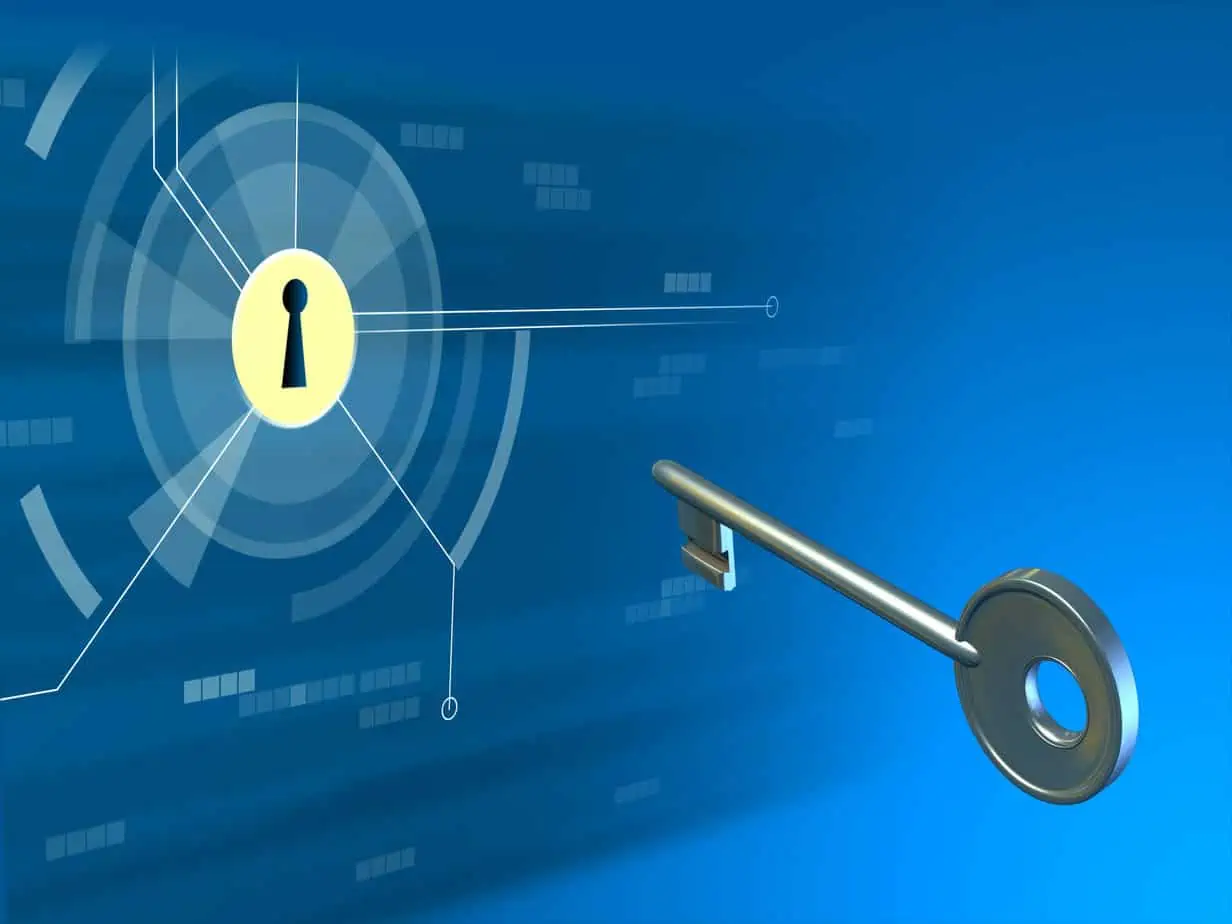End-to-end encryption (E2EE) is a safe communication method that restricts access to data by third parties when it transits between end systems or devices.
E2EE encrypts the system or device sender’s data, and only the envisaged destination contains the decryption key. The Internet Service Provider (ISP) cannot observe or manage communication while moving to its destination.
Many prominent messaging services, including Facebook, WhatsApp, and Zoom, use end-to-end encryption. The choice of E2EE has given rise to discussion between these suppliers. The technology makes it harder for service providers to send user information to authorities and allows illicit activities individuals to interact privately.
How does E2EE work?
Endpoints include encryption keys for encrypting and decrypting mail. This procedure uses public-key encryption.
Asymmetrical encryption employs a key to the public and a key to the private, commonly called public key encryption. Before sharing the message, others may use the public key to encrypt and send a message to the public key owner. Communication can only be decrypted using a private key, also called the decryption key.
Messages exchanged between parties in a transaction practically always go through a web intermediary. The public key infrastructure that was used by E2EE ensures data protection.
A certificate digitally certified by a certificate authority that is widely recognized is sent with the public key to ensure it is the valid key that was generated by the intended receiver. The authenticity of the public key of the destination recipient can be predicated on its broad distribution and knowledge; it can be considered that a certificate signed by that public key is true. The CA would probably not sign a certificate that associates the name and the public key of the recipient with a separate public key with the same name on the certificate.
How is E2EE different from other encryption types?
Only the endpoints sender and recipient can decrypt and read the communication, distinguishing between end-to-end encryption and other encryption schemes. Symmetrical key encryption, also known as single key encryption or secret key encryption, only employs one data encryption key and has an unbroken encryption layer from sender to recipient.
Single-key encryption uses a password, code, or random number string as the key that is sent to a message recipient and used for the decryption of the message. It could be tough to make the message nonsensical to people who send it from sender to receiver. The message can be intercepted, encrypted, and then read, regardless of how drastically the key is altered if the intermediary receives the key. The two keys employed by E2EE prevent intermediaries from accessing and deciphering the message.
Transport encryption is another prominent way of encryption. Messages are encrypted and deliberately decrypted by the sender at an intermediary point and then re-encrypted and forwarded to the receiver in this technique. Communication is unreadable in transit and can be encrypted with two keys, but it is not encrypted from one end to the other because it is decoded before it reaches its destination.
Encryption in transit, like E2EE, prevents the interception of messages in transit but exposes messages to vulnerabilities at the moment of decryption. Transport encryption works via the Transport Layer Security encryption protocol.
How to use end-to-end encryption?
End-to-end encryption works when data security is a necessity. It helps companies comply with privacy and security regulations and legislation.
For example, an electronic point of sale (POS) system manufacturer might include E2EE in its offer to protect sensitive data such as information on customer credit cards. E2EE will also assist retailers in adhering to the Payment Card Industry Data Security Standard, which prohibits card numbers, magnetic stripe data, or customer device security code storage.
What protects us from end-to-end encryption?
E2EE protects the following two hazards:
- Watching eyes. E2EE prevents anybody else from reading information during transit, saving senders and intended recipients because only senders and destinations have the keys to decode a message. The message is visible to an intermediary server that supports the delivery but cannot be understood.
- Tampering. E2EE also safeguards against manipulating encrypted messages. Any attempt to change the encrypted message in this way would be clear, as there is no way to change the message predictably.
What doesn’t protect you from end-to-end encryption?
Despite the fact that the E2EE key exchange is believed unbreakable given known algorithms and current processing power, the encryption technique has been discovered as having three potential flaws:
Metadata. While E2EE secures the content of communication, it does not conceal information about the message itself, like the date, time, or the participants in the exchange. This metadata may provide indications to undesirable actors who would like to know where to intercept the encrypted stuff once it has been decrypted.
Endpoint impacts. Endpoints can be hacked by outside parties to read messages before encryption or after decoding. Attackers may obtain keys from compromised endpoints and use a stolen public key to start a middle man attack.
Vulnerable intermediaries. Providers can claim to supply end-to-end encryption when the encryption is in transit. The information can be saved on an accessible third-party server.
End-to-end encryption advantages and disadvantages
The fundamental advantage of end-to-end encryption is that the following features guarantee a high level of privacy:
- Transit security. End-to-end encryption uses public key encryption, which saves private keys on terminals. Messages can be decrypted only using those keys so that the message is only read by people having access to the endpoint devices.
While E2EE generally works well to secure digital communications, it does not ensure data security. It may be tough to define some endpoints.
Some E2EE implementations allow the encrypted data to be decrypted and encrypted during transmission at particular points. This move makes it vital for the endpoints of the communication circuit to be defined and distinguished. Proper control is necessary for ensuring the safety of all data that goes through a transaction.

